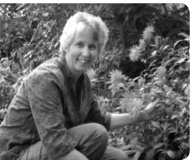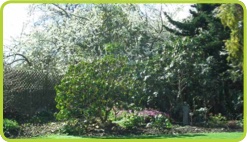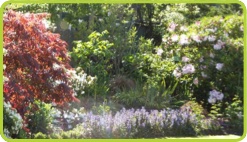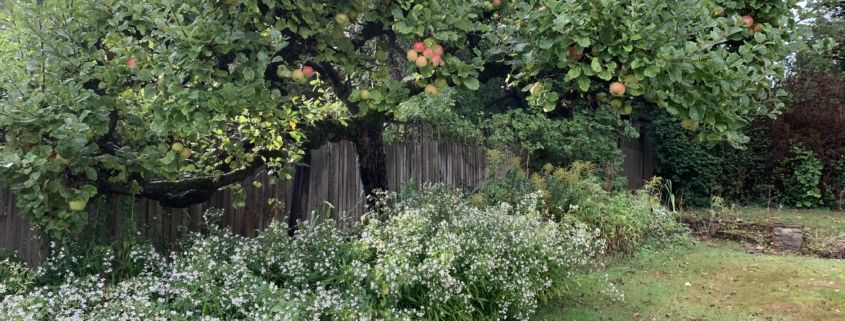Observations of a Home Gardener – Since Using Biodynamics
Harvest Article – Winter 2014
I have been using biodynamic methods on my home gardens for over 30 years on four different properties. Over the course of that time, I have noticed several things have noticeably changed after three to four years of applying the preparations. As

I’m a home gardener and work full time, my garden has to fit around the time I have to do it. So I am not always able to plant by the planting calendar or do things at the recommended time. That said, I can still see that even the little I do has an enormous effect on the garden. I make two BD compost heaps a year using only what is available from my home garden – one at Michaelmas and the other at Easter. I apply 500 twice a year for the first few years I am on the property, and then once a year when I feel that the biodynamic method is really taking hold.
The main physical thing that stands out from my experience is the change in the nature of the soil itself. All the properties were basicallyclassed as alluvial, but the soil on each of the four properties was very different. The first property was very, very stony (to the extent where the carrots bent to grow around the stones); the second property had been used to grow tobacco commercially; the third had very dusty soil with no body or life after having conventional home garden sprays and fertilisers on it for years; and the fourth is in a subdivision that used to be a swamp, with truckloads of Moutere clay dumped on it to create a base for the houses. This clay was virtually impossible to dig to start with, as previous owners had barked it down and sprayed to get rid of the weeds.
There’s that indefinable ‘something’ that comes from a biodynamic garden, a perceptible feeling that there is abundant life everywhere, that all is well in the garden – that it is being fed what it needs and is quietly digesting it…
Anne Swann
Regardless of the original type of soil, however, I have noticed huge changes as the BD preps and compost have been put on over the years. Firstly, if the soil lacked body, it gained it and retained moisture better. On the clay I have noticed the soil has lightened and become more friable so it drains better. The soil has become a beautiful dark rich loam with lots of body; it is easily cultivated and is much deeper than before, as the roots are able to penetrate to a much greater depth.

As the preps started to have an effect on the soil, likewise they affected the plants. My garden plants started to show strong healthy growth which was neither the luxuriant growth of plants grown with artificial fertiliser, nor the stunted growth of those without nutrition. I next noticed that not only did the plants start to grow better, but they also became healthier. Both of my last two gardens had a legacy of roses that were spindly and covered in aphids. Once the soil health improved, so did they, and after three years or so I have had no further problems with aphids.
The next thing I noticed was the taste of the vegetables. The bitter taste disappeared completely. They had a much sweeter and individual taste – the carrots really taste like carrots, and peas like peas. Interestingly, guests who were staying commented on the wonderful taste of the food. These people either did not know about BD, or if they did, didn’t take it seriously, so it was a genuine observation on their part.

Then there were the comments from the little community who had lived in the neighbourhood for many years before I moved into one of the properties and started BD gardening. After I had been there three years, several of them over the course of a few months called on me separately to ask what I was doing, as they had never seen growth like it. This came again from people who had no knowledge of what I was doing; it was just from their observation that something had radically changed in the garden since I had moved in.
And lastly, there’s that indefinable ‘something’ that comes from a biodynamic garden, a perceptible feeling that there is abundant life everywhere, that all is well in the garden – that it is being fed what it needs and is quietly digesting it. There is also a feeling of peace and harmony that I don’t experience in conventional gardens, no matter how well kept.



